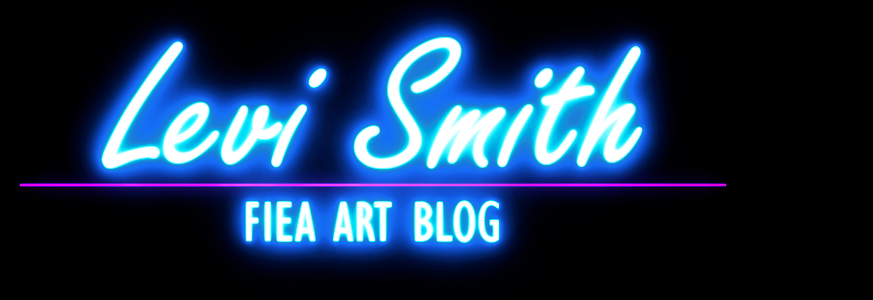3D Coat is a powerful tool that allows the user to model, sculpt, retopo, uv, bake, and texture their mesh. For this research project, I created my base mesh in Maya, sculpted it in ZBrush, and retopo'd also in Maya, and so my primary focus here is on baking and texturing, but I will go over the other tools available in 3DCoat as well.
To begin the process with a pre-existing highpoly mesh, you must first import your mesh under voxel sculpting, and will be prompted with some tweaking options upon doing so.
After you center and reset your pivot (for objects not at 0,0) then you must hit apply to preserve your sculpt in the scene. Once done so, you can sculpt on and adjust your imported mesh as you wish with the brushes available on the sidebar.
To retopo your work, you must switch to the Retopo tab, or "room."
Within, you'll find that the tools tab has updated, and many new options are now available.
To begin making quads, you must use the point/faces tool. Using the left mousebutton you can set points as you desire, similar to points in Maya, and use the right mouse button to confirm a face.
Using the quads tool, you can drag out from edges to make more quads, and using the add/split tool, you are able to add edges to divide your quads further. As my model is already retopo'd elsewhere, however, we will be moving on.
To import your already-topo'd mesh, you must go to import->import retopo mesh.
Here, you can adjust your topology with the tools I mentioned earlier if you decide to do so. When you import a mesh, you also have the choice to auto-snap your mesh to the one below, but that can mess up your topology if you are not careful.
From here, if you select the bake tab, you can bake your normals. You may want to enable dithering.
These are your baking options. You may want to adjust the depth scan to better fit your object.
After switching to your paint scene, some additional options may appear to adjust your normals and other settings. You may want to bake your AO and curvature maps as well, and if so, you will need to bake textures.
From here, painting is fairly straightforward.
However, your high-poly sculpt is still preserved in layers, so you may want to disable that while you paint. 3DCoat uses opacity levels as its main method of blending, so you will want to watch out for your opacity as you work.
Initial color.
You can also add depth maps while in paint mode that will adjust the shape of your model, similar to sculpting.
3DCoat is a versatile and interesting software, and it feels good to paint in the scene. I did compare it with Substance Painter, however, and I find that Substance does a better job of handling baking and ao, in a more convenient way for the user. Here is the comparison.
Base retopo.
Bake with ambient occlusion.
I also found that similar painting effects can be achieved in Substance Painter as well by adjusting the stroke opacity in any given brush.
Though Substance may be stronger with baking, however, 3DCoat offers many more painting tools that could be found helpful to a texture artist, including in-built text tools and painting along curves, applying pre-made textures along curves, text along curves, texture magnification tools, and the ability to paint in things that would typically be found in layers settings, such as smoothing/sharpen/saturation adjustments/value adjustments.

























No comments:
Post a Comment